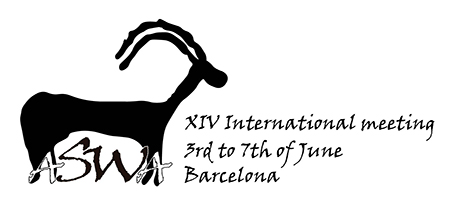Examination of the animal remains from the glacis fills of the Seleucid citadel (Acra) allow for a unique glance into the construction techniques of Hellenistic Jerusalem (~175-129 BCE) as well as contend with questions of the fills origin, urban provisioning, and Hellenization. The location of the citadel, in Area M4 of the Givati parking lot excavations, sits right in between the cultic and residential sectors of the city suggesting the refuse used for construction could have derived from a number of socially charged contexts. While the refuse contained within the fills depicts a subsistence strategy geared towards meat production and secondary products, the refuse collected likely derives from intense butchery practices. In fact, this assemblage has the highest frequency of butchery ever recorded in the history of Jerusalem. The standardization and style of the butchery along with the demographic profile of the assemblage in comparison to a neighboring assemblage leads to the assessment that the material must have derived, in part, from a slaughterhouse. The aim of this paper is to discuss aspects of the formation processes within the sub-phases of the citadel's glacis as well as the provisioning of urban Jerusalem with an assortment of goods such as choice meat cuts, leathers, sofars, and additional secondary products– in light of Hellenization.
|
|
|
By author > Spiciarich Abra
The Citadel and the Slaughterhouse: Faunal Remains from Hellenistic Jerusalem
| Online user: 1 | RSS Feed |

|

 PDF version
PDF version